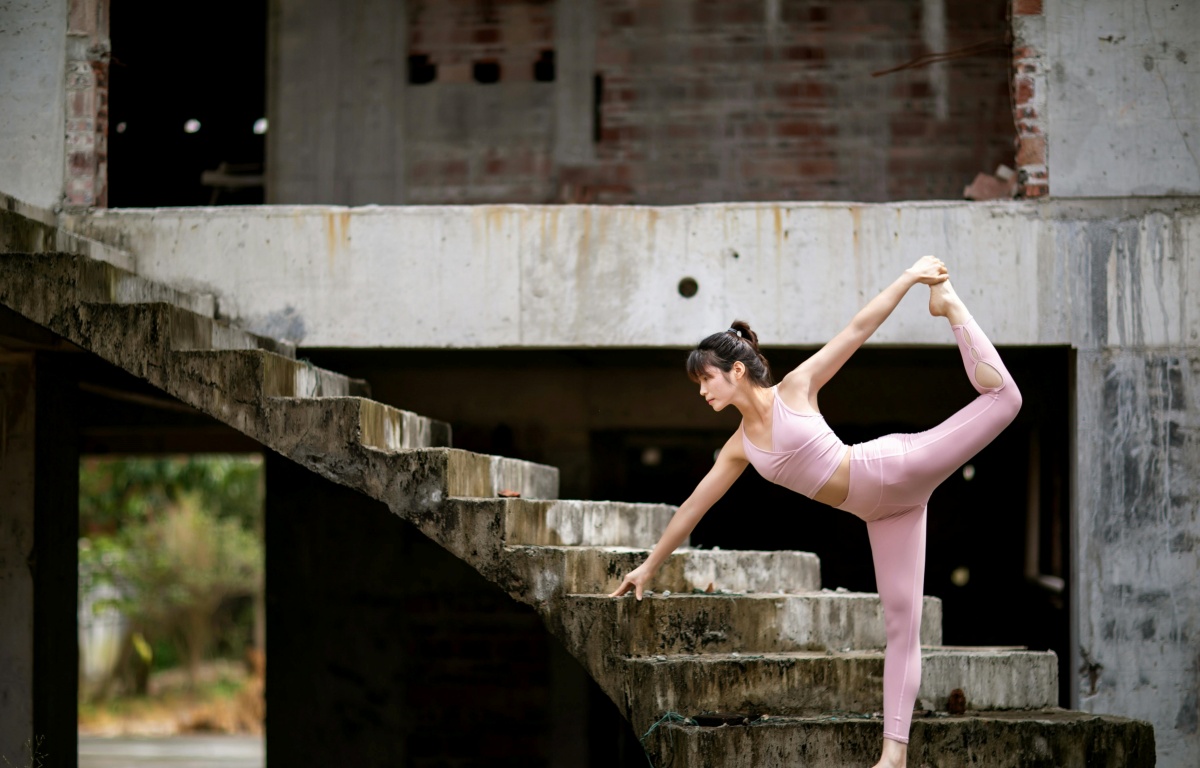Aerobic Activities
Aerobic activities. These activities are also known as cardio or endurance activities. The rhythmic movement of your body’s large muscles for a long time builds strength and endurance. Aerobic exercises improve your cardiovascular fitness as well as strengthen your muscles. Your cardio workout usually includes swimming, jumping rope, brisk walking, running, and bicycling.
Bone-Strengthening Activities
These activities are also known as ones that require weight-bearing or weight-loading. By generating a force on your bones, these exercises encourage them to grow and become stronger. Strengthening your bones can be achieved through high-impact activities like jumping jacks, running, weight lifting, and brisk walking.
Flexibility Activities
The mobility of your joints is maintained by these activities throughout their full range. Maintaining and increasing your flexibility can be achieved through stretching exercises.
Cardiovascular Fitness
Measure your cardiovascular endurance by engaging in activities such as walking, jogging, or cycling and keeping track of the time it takes you to complete a specific distance. the amount of time it takes to feel fatigued from the activity. Using a heart rate monitor or fitness tracker can help you monitor your heart rate during a cardio workout.
Functional Movement
Evaluate your overall movement quality by evaluating functional movements like squats, lunges, and balance exercises. Identify any limitations, weaknesses, or imbalances that may require attention.
Appropriate for Compound Training
Exercises that involve multiple muscle groups simultaneously (compound exercises) are prioritized in the full body split to promote muscle growth and improve coordination, flexibility, and mobility.
Time Efficient
To see progress, it’s only necessary to train 2 to 3 days a week by working with each muscle group during each session. Studies confirm this, concluding that as long as the weekly work load remains the same. Two full-body workouts per week can result in the same strength gains and muscle hypertrophy as a 4-day split-muscle routine.
Warm Up
Begin with a thorough full-body mobility warm-up, spending extra time on any muscle groups we’ll be focusing on that day. Dynamic stretches are necessary for a proper warm-up to increase blood flow to your muscles. To warm up for your training session, perform light cardio and movements that take your joints through a full range of motion
Accessory Movements
Finish your workout by performing additional exercises. Your primary (compound) lifts are complimented by accessory exercises, which tend to focus on smaller, more specific muscles. Calf raises, hip thrusts or glute bridges, bicep curls, tricep kickbacks, quad extensions, hamstring curls, and core exercises (like crunches, planks, leg raises, or Russian twists) are some of the most popular examples.
Dumbbell Chest Press
Get two dumbbells and lie down on a bench or the floor in a flat position. Grasp a dumbbell with an overhand grip (palms facing your feet) and hold it in both hands at chest level. Press the dumbbells up and slightly in until your arms are almost fully extended and the dumbbells almost touch. Inhale while slowly bending your elbows and lowering the weights back to the starting position.
Forearm Plank
Lay face down with your forearms resting on the floor and your elbows below your shoulders. Keep your feet flexed and the bottoms of your toes touching the ground. Push into your forearms and lift your toes until only your forearms and toes are touching the ground. It is important to have your body hover off the floor in a straight line from your shoulders to your feet.
Bent-Over Rows
Stand with your feet shoulder-width apart and hold dumbbells in front of your legs. Extend your hips, with a slight bend in the knees and a straight back. Pull the dumbbells toward your hips, squeeze your shoulder blades together, and then lower them back down.
Dumbbell Shoulder Press
Ensure that your palms are facing forward while holding dumbbells at shoulder height. Push the weights up until they reach your arms’ full extension, then slowly bring them down until they are at your shoulder level.
Dumbbell Flyes
Lie flat on a bench while dumbbells are placed directly above your chest. Lower the dumbbells out to the sides while maintaining a slight bend in your elbows, then bring them back up.
Dumbbell Deadlifts
Position your palms facing your body while holding dumbbells in front of your legs. Maintain your back flat while hingeing at the hips and lowering the weights towards the ground. When you stand up again, make sure to engage your glutes and hamstrings.
Dumbbell Plank Rows
Begin by standing in a plank position with both hands holding a dumbbell. Pull one dumbbell up towards your hip while maintaining body stability. Alternate sides.
Glute Bridges
Sit down on your back with your knees bent and feet flat on the floor. Slowly lift your hips off the ground, squeeze your glutes, and keep your back straight, then lower yourself back down.

